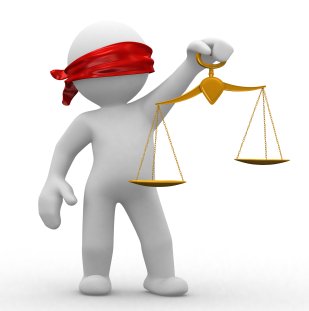LSO Resource Centre: Conflict of Interest When Acting Against a Former Client

The LSO’s March 2018 e-Bulletin Resources for Lawyers discusses situations where a conflict of interest can arise when acting against a former client. Here’s the discussion, reproduced in whole:
Situations often arise where a lawyer is asked to act against a former client. In such cases, the lawyer must assess whether he or she is permitted to do so under the Rules of Professional Conduct. This e-Bulletin describes when a lawyer is prohibited from acting against a former client and when the lawyer or another lawyer at the firm may be permitted to do so.
Lawyers must not act against a former client in the same matter; any related matter; or, except as provided in rule 3.4-11, any other matter if the lawyer has relevant confidential information arising from the representation of the former client that may prejudice that client (r. 3.4-10). A lawyer may, however, act against a former client in such cases where the former client consents. Consent is defined under rule 1.1-1 as fully informed and voluntary consent after disclosure in writing, provided that, where more than one person consents, each signs the same or a separate document recording the consent, or orally, provided that each person consenting receives a separate written communication recording their consent as soon as practicable.
It is important to note that it is not improper for a lawyer to act against a former client in a fresh and independent matter wholly unrelated to any work the lawyer has previously done for that client if the previously obtained confidential information is irrelevant to that matter (r. 3.4-10 [1]).
The purpose of the prohibition on acting against a former client in certain circumstances is to guard against the misuse of confidential information from a previous retainer and to ensure that a lawyer does not attack the legal work done during a previous retainer or undermine the client’s position on a matter that was central to a previous retainer.
In some cases, it may be possible for another lawyer at the same firm to act against the former client. Specifically, rule 3.4-11 provides that when a lawyer has acted for a former client and obtained confidential information relevant to a new matter, another lawyer in the lawyer’s firm may act in the new matter provided that either
the former client consents to the other lawyer acting, or the law firm establishes that it has taken adequate measures on a timely basis to ensure that there will be no risk of disclosure of the former client’s confidential information to the other lawyer having carriage of the new matter. In the rare cases where, having regard to all the circumstances, it is appropriate for another lawyer in the lawyer’s firm to act against the former client without consent, lawyers should be guided by the commentary to rule 3.4-20. This commentary provides valuable guidance for the protection of confidential information. Although it is not possible to offer a set of adequate measures that will be appropriate in every circumstance, this commentary sets out guidelines to ensure that there is no disclosure of confidential information within the firm.
Additional Supports and Resources:
Steps for Dealing with a Conflicts of Interest under Section 3.4 of the Rules of Professional Conduct – Lawyers
The Practice Management Helpline

Leave a Reply